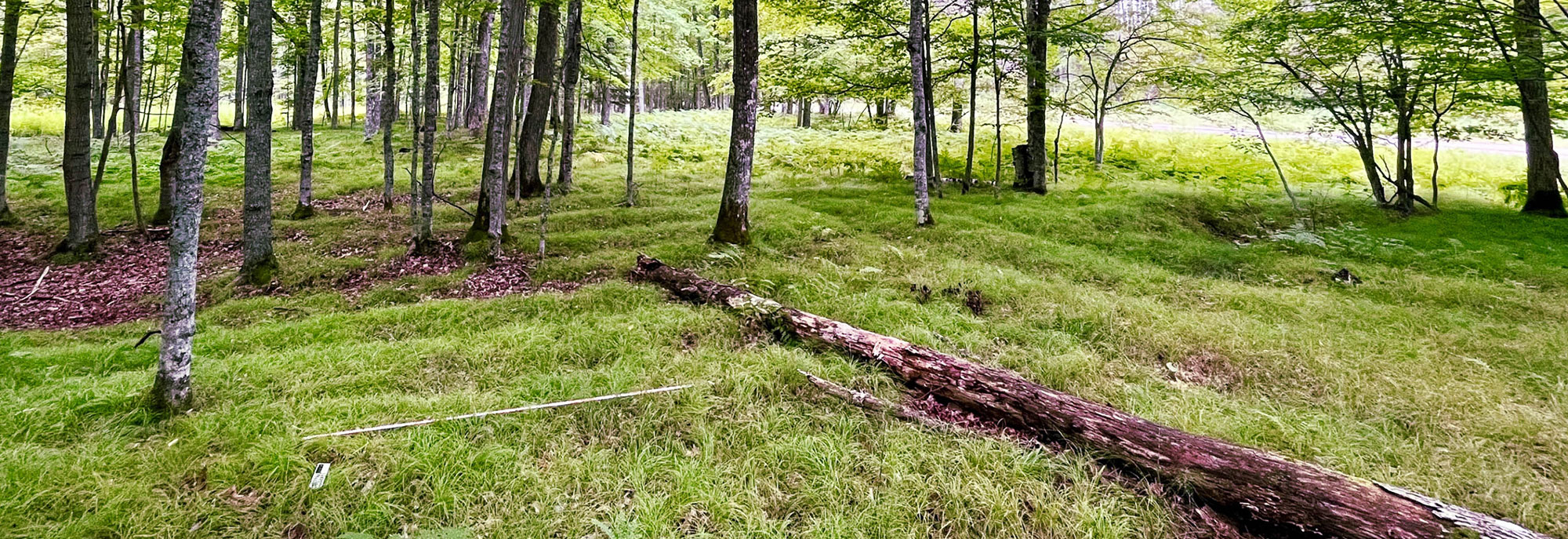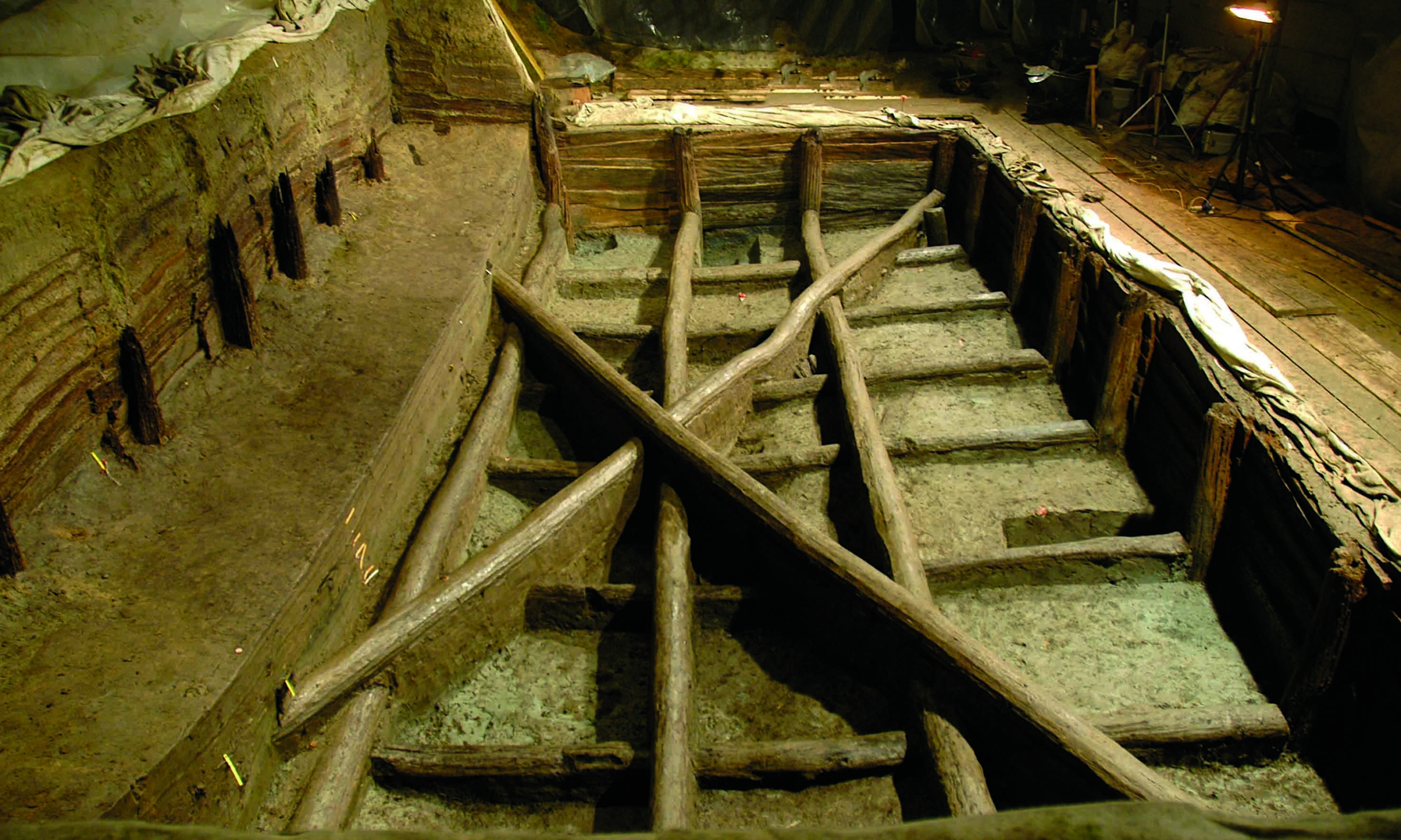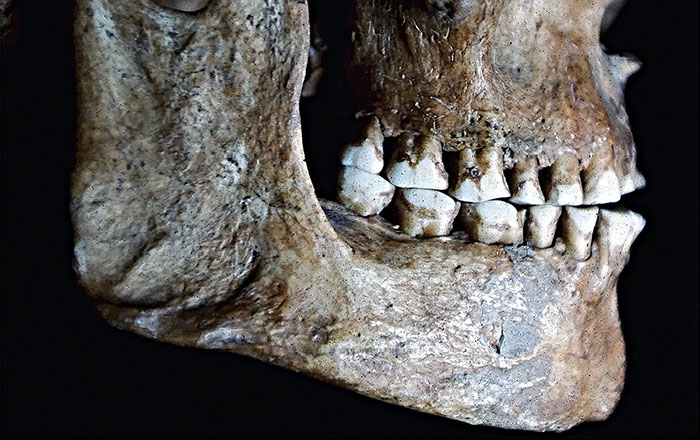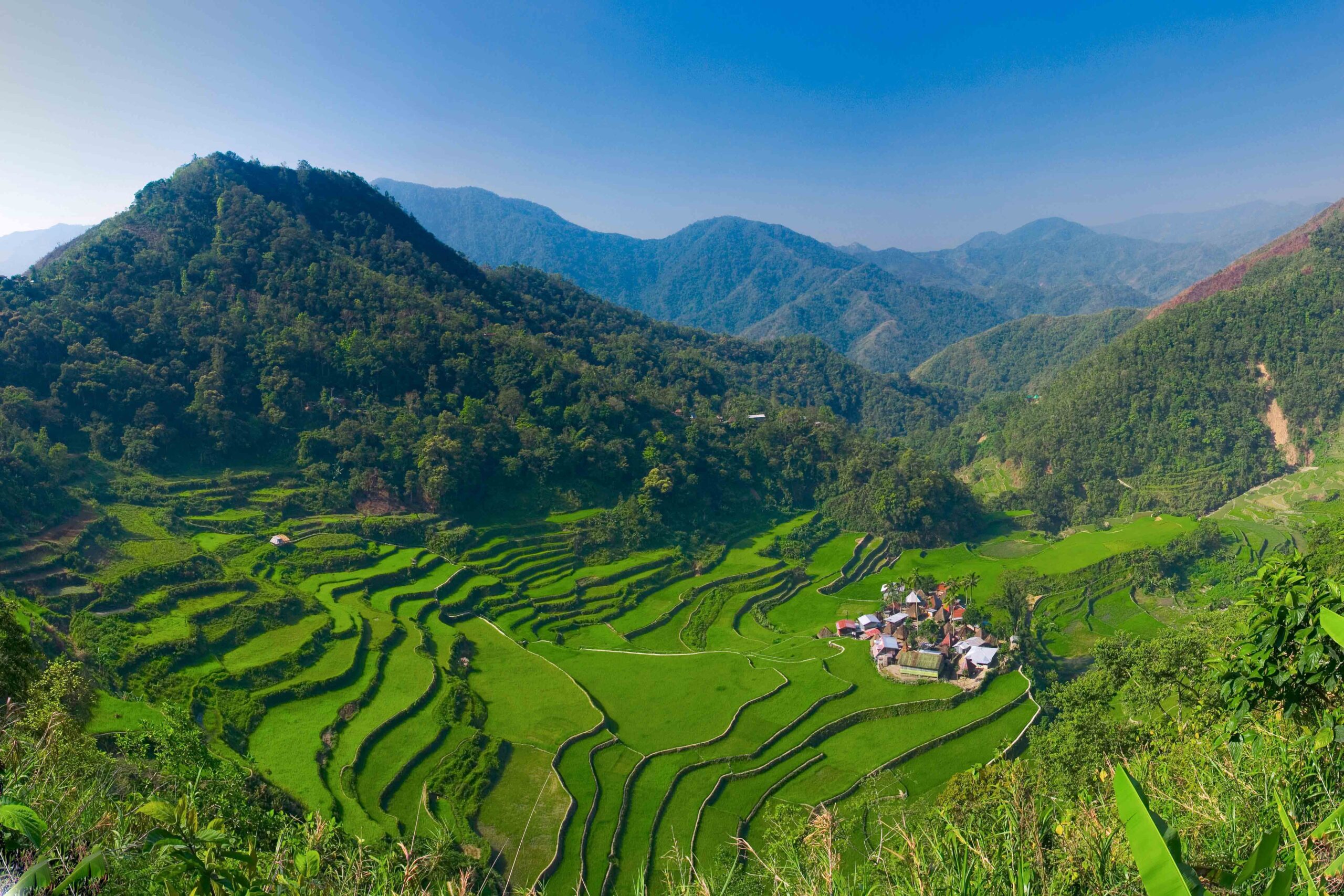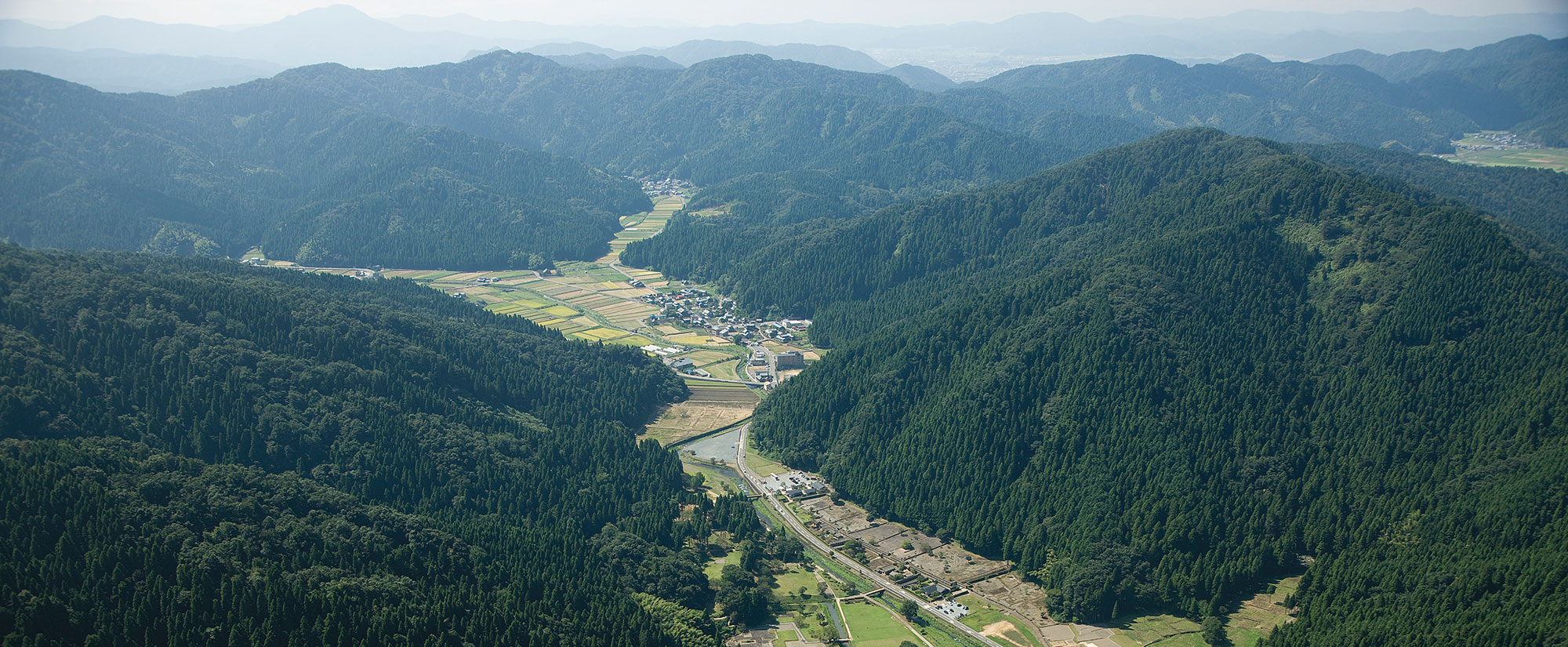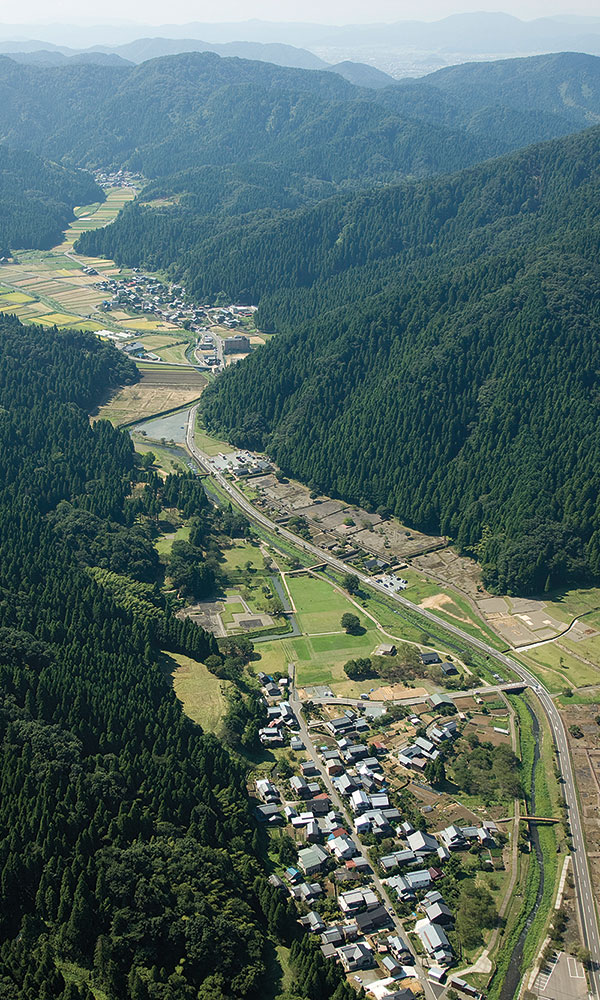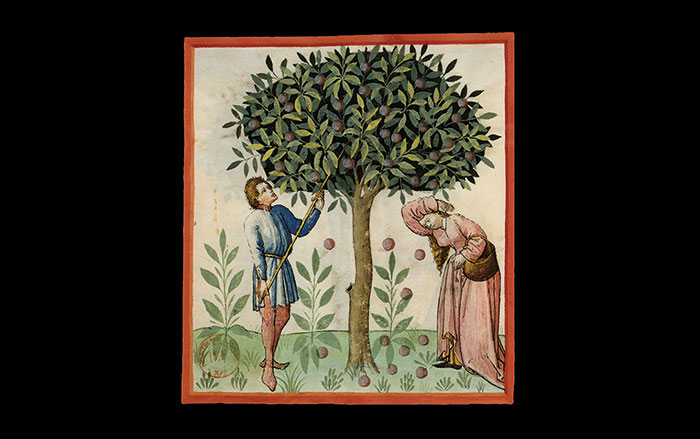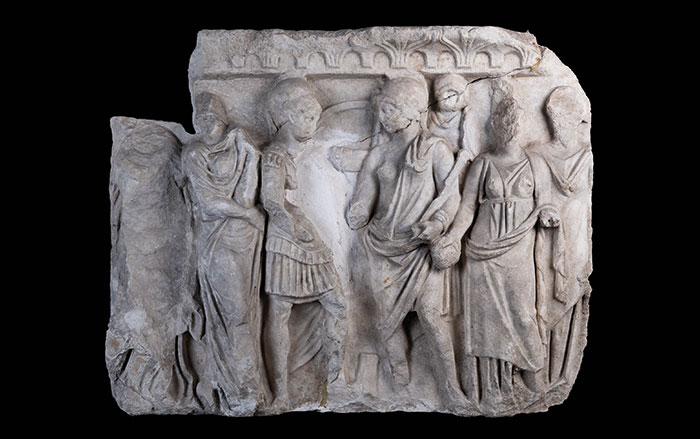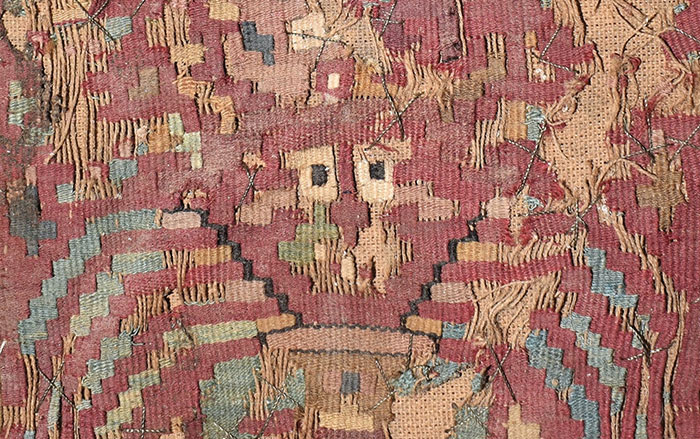
SIXTY ISLANDS, MICHIGAN—A new lidar survey of Michigan’s Upper Peninsula revealed evidence of extensive farming by Native Americans that has stunned archaeologists, according to a statement released by Dartmouth College. The region’s climate and short growing season has traditionally made it a difficult area for farming. However, researchers studying the Sixty Islands archaeological site near the Menominee River detected a huge network of raised garden beds spread across 330 acres, where the ancestors of the Menominee Tribe used to grow crops such as corn, beans, and squash. Radiocarbon dating of charcoal uncovered during preliminary excavations indicates that the agricultural system was used between a.d. 1000 and 1600. Archaeologists were particularly surprised by the results because it was previously thought that during this period the region was only home to small communities. But this type of project seemingly would have necessitated a larger, more organized settlement. “When you look at the scale of farming, this would require the kind of labor organization that is typically associated with a much larger, state-level hierarchical society," said Dartmouth archaeologist Madeleine McLeester. “Yet, everything we know about this area suggests smaller egalitarian societies lived in this region but in fact, this may have been a rather large settlement.” The team believes that as much as 60 percent of the site still remains hidden. To read about a campsite in southwest Michigan that may be the earliest evidence of human occupation in the Great Lakes region, go to "Around the World: Michigan."


